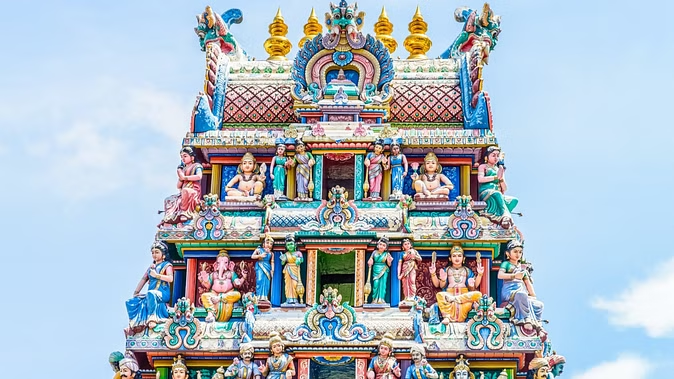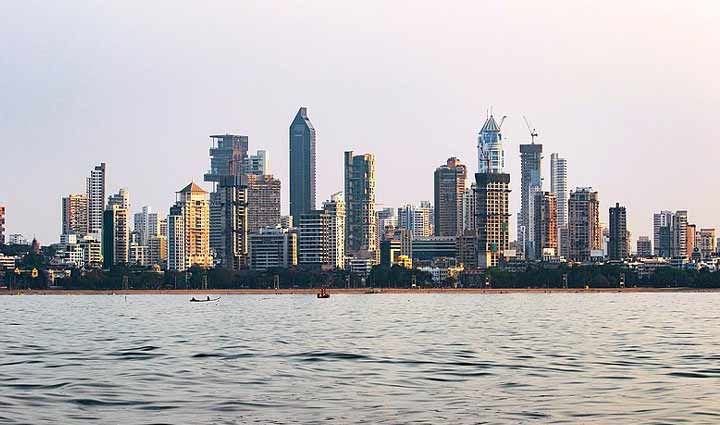According to the population, India's largest state is Uttar Pradesh, which is also considered a very important place in terms of tourism. The country and the world arrive to roam the major places of Uttar Pradesh and enjoy the food here. Talking about tourism, the Taj Mahal of Agra is mainly discussed in Uttar Pradesh. But apart from this, there are many scenic spots in Uttar Pradesh. Today, in this episode, we are going to tell you about the major historical forts of Uttar Pradesh, which are famous worldwide for their artistic style and architecture. Whenever you see these forts closely, you will feel for a few moments as if you have reached the time of ancient times. Let us know about these forts ...
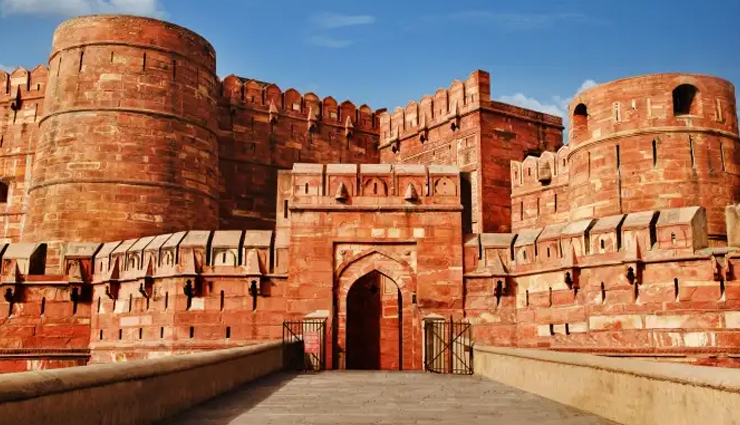
Agra Fort
At the top of the list is a grand Agra Fort, also known as the Red Fort. On hearing the name of Agra, a picture of the Taj Mahal starts to be made in the people. But the Fort of Agra is also a great place for tourists. The fort is an architectural beauty made of red sandstone. Being a UNESCO World Heritage Site, the fort is visited by a large number of tourists every year. The Fort of Agra was built in 1565 by the famous Mughal king Akbar which makes it an important part of history.
Allahabad (Prayagraj) Fort
Ganga-Yamuna-Saraswati is very amazing and world-famous see the Allahabad Fort built at the confluence of 3 rivers. Here the Ganges-Yamuna rivers can be seen clearly, while Saraswati is invisible. This fort, considered the most excellent in his time, was built by the Mughal Emperor Akbar in 1583. Currently, only a few parts of this fort are open to tourists. The rest of the part is used by the Indian Army. This fort has three large galleries where there are high minarets. It is said that there is Akshay Vat i.e. immortal tree in the fort. People who come here are desperate to see. However, this tree is in the restricted area of the fort, where special permission has to be obtained from the authorities to reach it.
Jhansi Fort
This royal hill fort was built in 1613 by King Bir Singh Dev of Orchha. The fort is surrounded by a huge granite wall that is part of its fortifications. There are ten gates here, each of which is named after a ruler or milestone of the state. Some gates have deteriorated over time, but some are still present such as Jhurna Gate, Chand Gate, Datia Darwaza, Laxmi Gate, and Sainyar Gate.
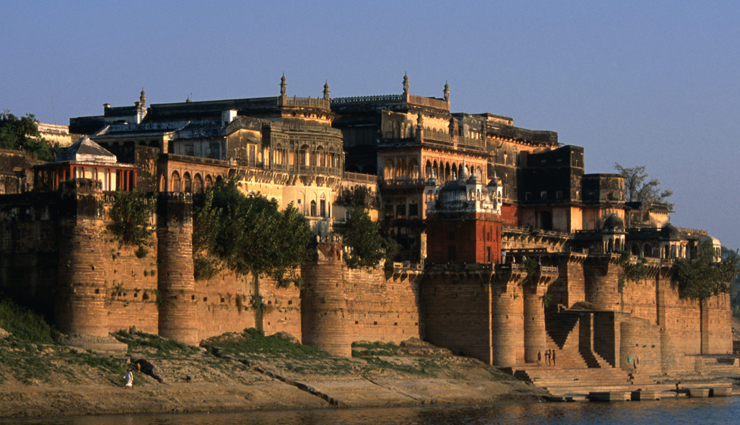
Ramnagar Fort
Ramnagar Fort is located in Varanasi on the eastern bank of the Ganges River. The construction of this fort is a specific Mughal architecture built by King Balwant Singh in the year 1750. This fort is made by the child's child-colored chunar -colored chunar. At present, this fort is not in good condition. This fort and its museum are the treasure of the history of Banaras. This fort has been the abode of Kashi King since the beginning.
Chunar Fort
Chunar has been a witness to the glorious history on the banks of the Ganges, 35 km from Mirjapur in Uttar Pradesh. It is said that this fort is thousands of years old. Later, this fort was renovated by King Vikramaditya of Ujjain. Chunar's responsibility of protecting the historic Durg Nagar is also saving the existence of the city. It is said that King Vikramaditya built this fort for his brother King Bhartrihari. It is said to have a relationship with mythological stories such as the Vamana avatar of Lord Vishnu, while ancient literature In the names of Charanadri, Nainarh, etc., mention is found here. There is also an umbrella of 52 pillars and the sun clock inside the fort.
Butler palace
Butler Palace is a grand palace building located in Lucknow. The foundation of this magnificent building was laid in 1915 by the Deputy Commissioner of Awadh, Sir Harakourt Butler. Initially built by King Mohammad Ali Mohammad Khan, it was later used as his residence by Sir Harcourt. However, the construction of three major buildings due to floods on the Gomti River remained incomplete. There is a tank in front of the palace with beautiful-looking umbrellas and fountains.
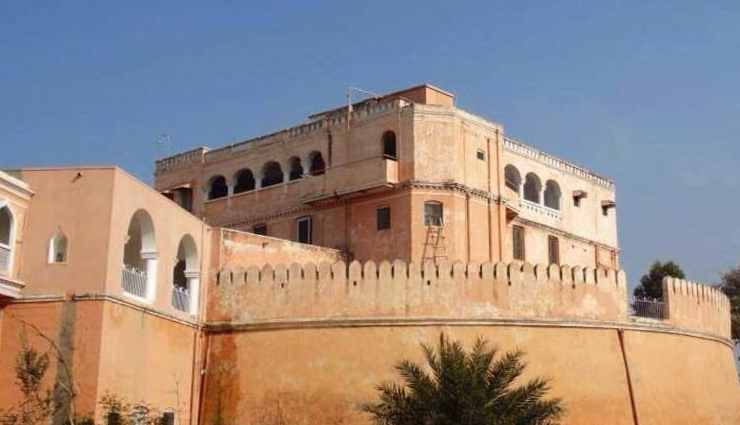
Kuchesar Fort
This fort, also known as Rao Raj Vilas, is a fort of the 18th century. It is the ancestral property of the family of the mythological heritage, Ajit Singh, who had a princely state in Kuchesar. Built-in 1734, this fort is surrounded by mango orchards spread over 100 acres. The fort also remained under the Mughal Empire and the British Empire for many years. Finally, it was donated by the Mughal rulers to the Jat family, Ajit Singh's family and since then it is their ancestral property. In many parts of this fort, you will also see a glimpse of Mughal architecture. There are dense, green forms around the fort.
(PC: Lifeberrys)






